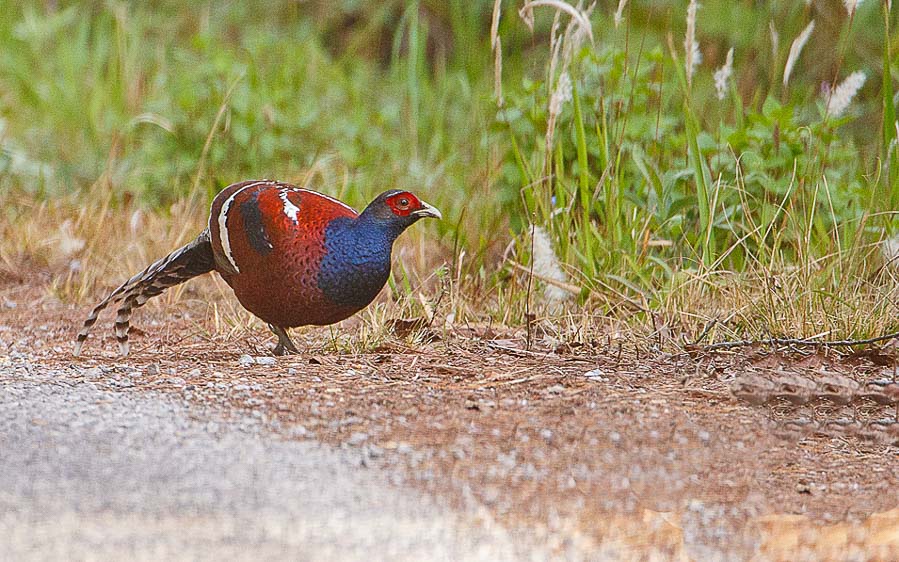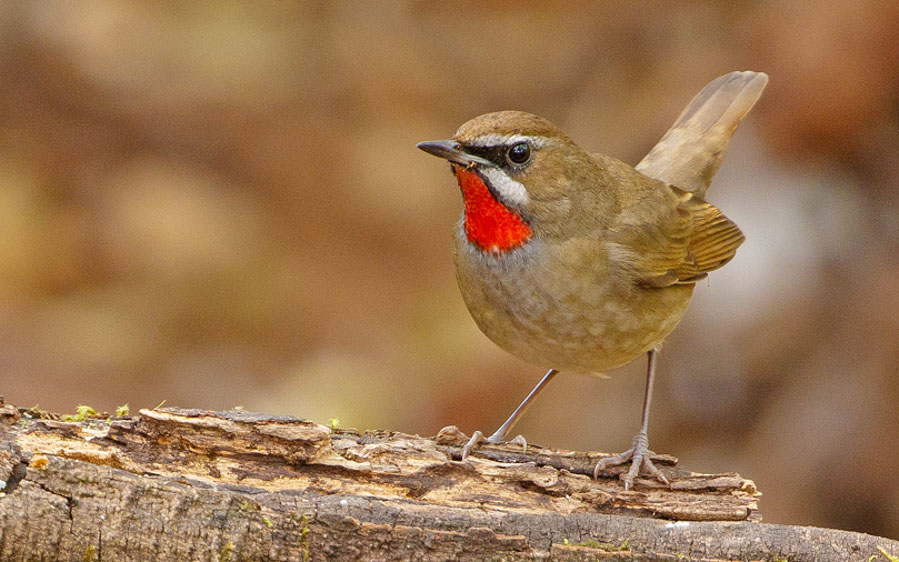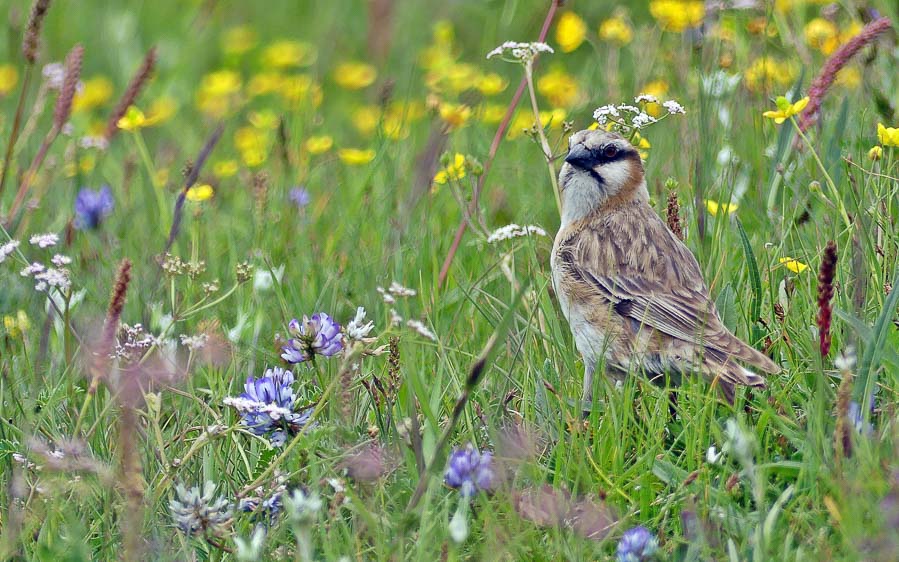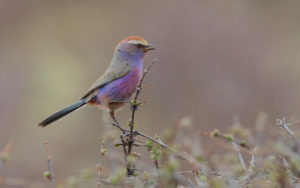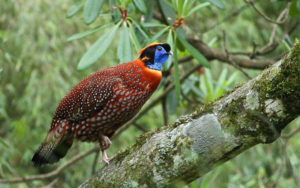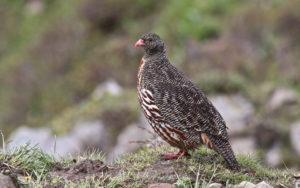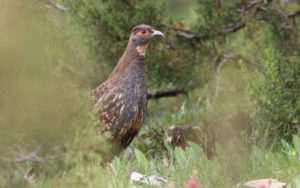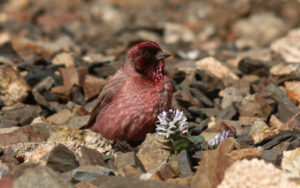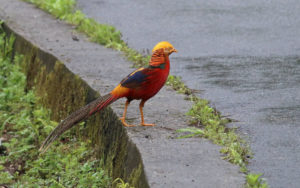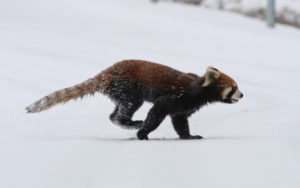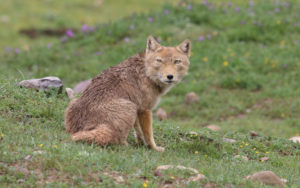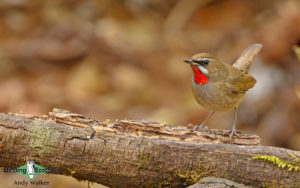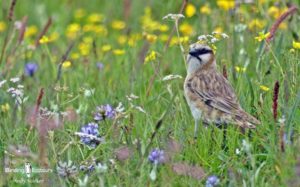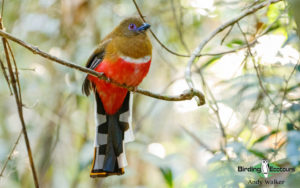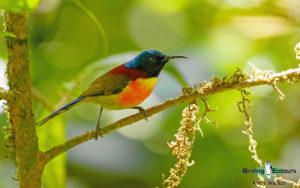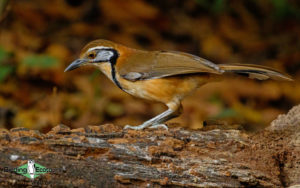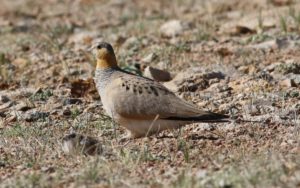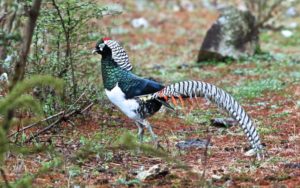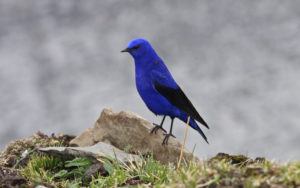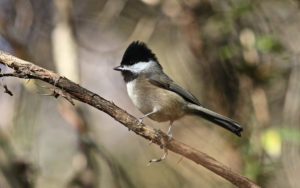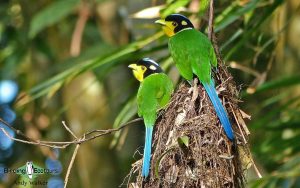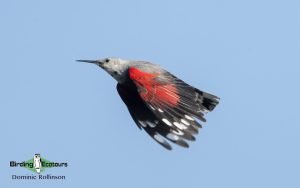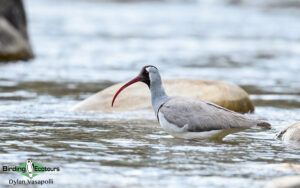China Birding Tours
Our China birding tours produce a fantastic array of Chinese endemics and near-endemics from the third most biodiverse country on the planet. China birding tours are not only notable for their bird specials, as we also look for many rare and charismatic mammals. The People’s Republic of China (simply “China” hereafter) has some impressive numbers behind it. China is the world’s most populous country, with a population of almost 1.5 billion people, and has a land area of approximately 3.7 million square miles (9.6 million square kilometers), this making it the second-largest country in the world by land area, and the third-largest in the world by total area. China has the longest combined land border in the world, measuring 13,743 miles (22,117 kilometers) and borders 14 countries. China extends across much of East Asia, bordering Vietnam, Laos, and Myanmar in Southeast Asia; India, Bhutan, Nepal, Afghanistan, and Pakistan in South Asia (i.e. the Indian Subcontinent); Tajikistan, Kyrgyzstan, and Kazakhstan in Central Asia; and Russia, Mongolia, and North Korea in Inner Asia and Northeast Asia. Furthermore, China’s coastline along the Pacific Ocean is 9,000 miles (14,500 kilometers) long and is bounded by the Bohai Sea, Yellow Sea, East China Sea, and South China Sea. China shares maritime boundaries with South Korea, Japan, Vietnam, and the Philippines.
Governed solely by the Chinese Communist Party (CCP), the state exercises jurisdiction over 22 provinces (our bird watching tours concentrate in three of these: Yunnan, Sichuan, and Qinghai), five autonomous regions (e.g. including Inner Mongolia and Tibet), four direct-controlled municipalities (Beijing, Tianjin, Shanghai, and Chongqing), and the special administrative regions of Hong Kong and Macau. China considers Taiwan to be its 23rd province, although Taiwan is governed by the Republic of China (ROC), which rejects the People’s Republic of China claim.
As would be expected by such a huge country, China’s landscape is vast and diverse, ranging from the Gobi Desert and Taklamakan Desert in the arid north to the subtropical forests in the wetter south. The Himalaya, Karakoram, Pamir and Tian Shan mountain ranges separate China from much of South and Central Asia (China shares the highest mountain in the world, Mount Everest at 29,029 feet / 8,848 meters with its neighbor Nepal). The Yangtze River and Yellow River, the third- and sixth-longest in the world, respectively, run from the Tibetan Plateau (home to the highly sought-after Black-necked Crane) to the densely populated eastern China seaboard. China connects through the Kazakhstan border to the Eurasian Steppe which has been an artery of communication between East and West since the Neolithic (through the Steppe route) – the ancestor of the terrestrial Silk Road.
Read More About China
China is the third most biodiverse country in the world and is considered one of 17 megadiverse countries identified by Conservation International. It sits in two of the world’s major biogeographic realms: the Palearctic and the Indo-Malayan. In terms of birds, China has a huge bird list, again not surprising given its large size and huge array of diverse habitats. According to International Ornithological Congress (IOC) taxonomy the national list is just over 1,420 species of birds, this includes 60 full endemic and 16 breeding endemic birds, making a China birding tour (or two) a top priority for world birders, there are also several monotypic families present for family listers. BirdLife International recognizes 14 Endemic Bird Areas (EBAs) in China and over 100 species are considered globally threatened with some of the most severe (e.g. Critically Endangered) including Baer’s Pochard, Siberian Crane (as well as five other species of crane also being globally threatened), Spoon-billed Sandpiper, Chinese Crested Tern, White-shouldered Ibis, White-bellied Heron, White-rumped Vulture, Red-headed Vulture, Blue-crowned Laughingthrush, and Yellow-breasted Bunting.
China is incredibly important for mammals, with a staggering 500 plus species recorded. Giant Panda is probably the most famous of the mammalian species though there are so many other incredible species too, such as Leopard (Indian and Amur), Clouded Leopard, Tiger (Bengal, Indochinese, Siberian, and South China), Snow Leopard, Asiatic Black Bear, Sun Bear, Brown Bear (four subspecies), Tibetan Fox, Red Panda, Gaur, Yak, Takin, and Himalayan Tahr to whet the appetite a little.
Following recent environmental law changes, China has an increasing number of national park projects and areas for wildlife and habitat protection (e.g. nearly 2,350 nature reserves) and BirdLife International recognizes 512 Important Bird Areas (IBAs); on our birding trips we visit a number of these sites. China has also increased the number of its Ramsar sites (wetlands of international importance) to 57, one such example is Poyang Lake (Poyang Hu), which is also a national nature reserve and an IBA. Since the early 1980s, Poyang Hu has become famous as the wintering ground of a number of globally threatened bird species; in particular 98 % of the world population, totaling only about 3,000 individuals, of the Siberian Crane winters at Poyang; other rare and endangered species occurring in significant numbers include the Oriental Stork, Swan Goose, and White-naped Crane.
Our China birding tours are timed to be in each of the selected provinces at the prime time for bird activity with our expert international tour leaders and knowledgeable local bird guides. We take small group Chinese birding tours including Yunnan, Sichuan, and Qinghai, and also offer customized or private tours for birdwatching, mammal watching, or photography in these and any other province you wish to travel to.
Here is a brief rundown of some of the spectacular locations we visit and stunning birds we regularly encounter on our China birdwatching tours (note also our Taiwan bird tour pages for specific Taiwanese birding tours). Note also that these Chinese birding tours run back-to-back allowing you to combine one or more tours together should you wish to do so:
Birding Tour China: Yunnan
China’s most diverse province containing over half of the country’s bird species (in only four percent of the land area) in stunning landscapes ranging from snow-capped mountains to tropical rainforests. Some of the top picks on this China birding tour include White-eared Night Heron, Mrs. Hume’s Pheasant, Giant Nuthatch, Yunnan Nuthatch, White-speckled Laughingthrush, Spotted Elachura (monotypic family), Golden Bush Robin, Chinese Babax, Himalayan Cutia, and Yellow-throated Bunting. This is a great next step in Asian birding if you have enjoyed one of our Thailand birding tours.
Birding Tour China: Sichuan
Numerous endemic and specialty bird species. Stunning wide-open steppe landscapes and equally impressive mountains, and exquisite forest make for an unforgettable birding experience as we visit Longcanggou Forest Park, Labahe Nature Reserve, Wolong National Nature Reserve, Balang Shan, Mengbi Shan, and Baxi Forest. Highlights include Chinese Monal, Blood Pheasant, White Eared Pheasant, Blue Eared Pheasant, Golden Pheasant, Lady Amherst’s Pheasant, Tibetan Snowcock, Temminck’s Tragopan, Snow Partridge, Black-necked Crane, Firethroat, Chinese Rubythroat, Giant Laughingthrush, Emei Shan Liocichla, Grandala, Ground Tit, Sichuan Tit, Crested Tit-warbler, and the monotypic family Przevalski’s Finch (previously called Pink-tailed Bunting and Przevalski’s Rosefinch when it was thought to be a member of either the bunting or rosefinch families). We also see numerous other gamebirds, parrotbills, laughingthrushes, warblers, thrushes, and rosefinches on this tour. Both Giant Panda and Red Panda are also possible here.
Birding Tour China: Qinghai
Known as the “Roof of the World”, we traverse the gorgeous Tibetan Plateau for a range of high-elevation species such as Tibetan Sandgrouse, Pallas’s Sandgrouse, Tibetan Snowcock, Himalayan Snowcock, Tibetan Partridge, White Eared Pheasant, Ibisbill (stunning monotypic family), Snow Pigeon, Crested Tit-warbler, Mongolian Lark, Tibetan Lark, Tibetan Snowfinch, Tibetan Rosefinch, Tibetan Bunting, Tibetan Babax, Tibetan Serin, Grandala, and Henderson’s Ground Jay. A thoroughly breathtaking journey across Asia.
